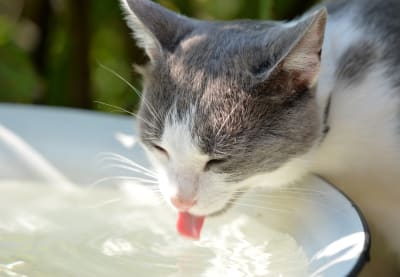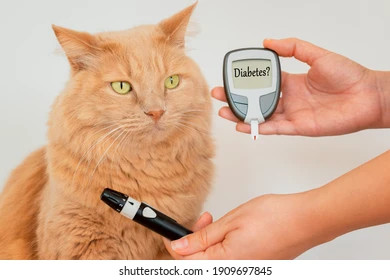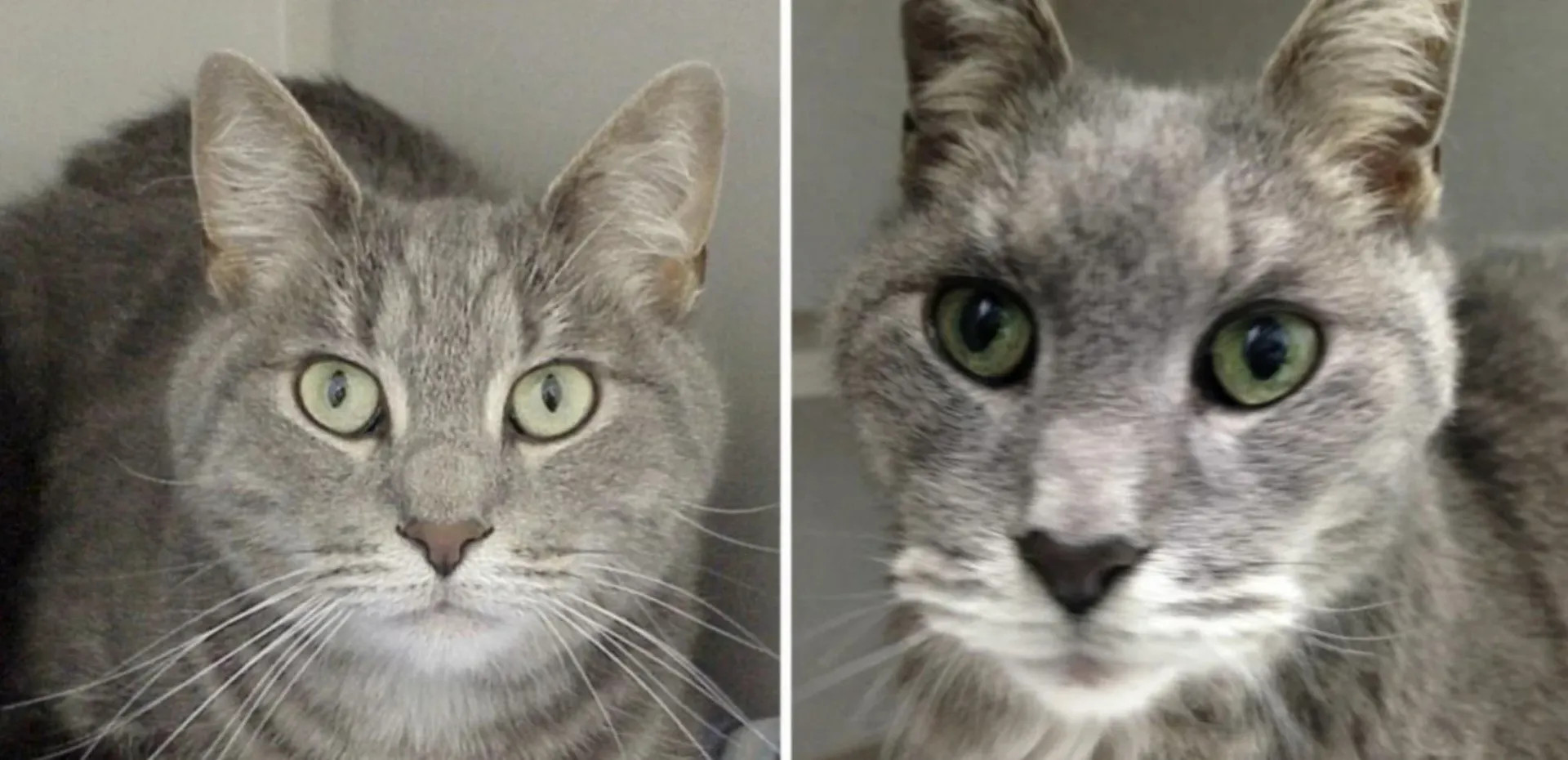Hormonal problemes in cats

Hormonal Diseases
Diabetes (Diabetes mellitus)

Introduction:
The body regulates its blood sugar and carbohydrate balance using several hormones. Low blood glucose levels are, even for a short time, incompatible with life but you can use a variety of hormones to increase them. However, blood glucose levels can only be lowered with insulin alone.
Symptoms:
A sustained rise in blood sugar leads to operational problems in many organs, and therefore the symptoms are manifested. The most prominent symptoms are: an increase in drinking (and consequent increase in urination) sweet-smelling breath, lethargy, initial obesity followed by weight loss (chronic disease), hair loss, secondary cystitis, dyskinesia, cataract formation, and shortness of breath.
Diagnosis:
Diabetes is diagnosed with blood and urine tests.
Treatment:
In milder cases a change in dietary nutrition may be sufficient but, in severe cases, insulin therapy is needed. Of course, secondary problems should also be addressed.
Hyperthyroidism

Introduction:
An overactive thyroid gland is relatively common in cats but rare in dogs. Thyroid hormones affect the strength of the body's general metabolism, and its metabolic processes speed up when these hormones are increased.
Symptoms:
The most typical symptoms of hyperthyroidism are restlessness, anxiety, aggressiveness, inability to relax, and exhaustion after a long hyperactive period. Due to their accelerated metabolic rate, food intake and gut motility increase causing diarrhea and weight loss. Myocardial infarction, myocardial thickening, tachycardia, and possible heart failure are also common. The enlargement of the thyroid gland may be noticeable on the neck, and may even cause swallowing or breathing problems.
Diagnosis:
This disease can be diagnosed by blood tests.
Treatment:
There are both conservative and surgical treatments available.
